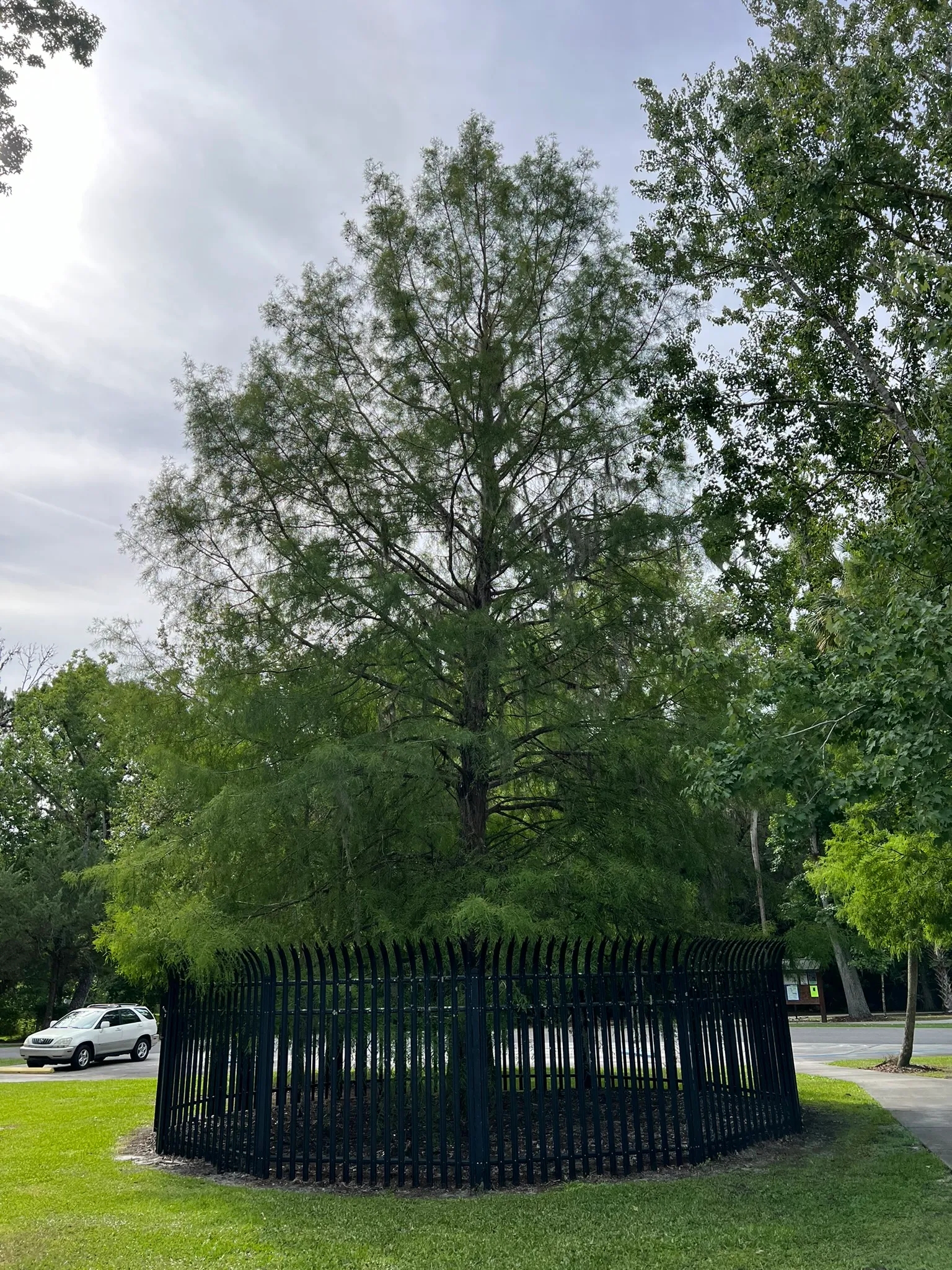Discover the Delicious Highbush Blueberry: A Native Shrub with Edible Fruit and Fall Color
The Highbush Blueberry (Vaccinium corymbosum) is a native deciduous shrub prized for its delicious edible fruit and beautiful fall color. Growing upright with multiple stems, it thrives in bogs, swamps, and high-elevation forests of eastern North America. While self-fertile, planting multiple cultivars ensures larger berries and higher yields. Extending the harvest season is possible by planting early, mid-, and late-season varieties. Beyond its tasty blue berries, this shrub offers attractive red, yellow, orange, and purple hues in the fall. Requiring acidic soil, it’s a wonderful addition to edible, pollinator, and native gardens, attracting both butterflies and bees while providing a treat for humans and wildlife.
Sizes Available
Wholesale Only
1 Gallon
$6.00
3 Gallon
$12.00
A Highbush Blueberry shrub laden with ripe blue berries and showcasing its attractive green foliage.
Scientific Name: Vaccinium corymbosum
Common Name: Highbush Blueberry, Rabbit-eye Blueberry, Rabbiteye Blueberry, Smooth Highbush Blueberry
Hardiness Zones: 3a through 8b
Height: 6 to 12 feet
Spread: 6 to 10 feet
Growth Rate: Medium
Foliage: Spring & Summer: Reddish-green leaves in spring turn blue-green in summer. Fall: Offers excellent fall color with a mix of red, yellow, orange, and purple, providing a vibrant display.
Bark: Old stems have gray-brown bark with thin furrows. New shoots display a yellow-green to reddish color in winter.
Sun: Full sun is ideal, though it can tolerate some partial shade.
Soil: Requires acidic soil with an ideal pH of 5.0. It prefers moist, well-drained soil but can tolerate occasional dryness and even some wet conditions.
Wildlife Value: The flowers attract butterflies and bees, making it a great plant for pollinator gardens. The edible blue berries are relished by birds, small mammals, and even larger animals like black bears and deer.
Why Choose Highbush Blueberry?
Delicious and Nutritious Edible Berries:
The Highbush Blueberry is primarily grown for its sweet and juicy blue berries, which are a healthy and delicious treat enjoyed fresh, baked, or preserved. Planting different cultivars can extend your harvest from June to mid-September.
Stunning Fall Foliage Color:
Beyond its fruit, this native shrub offers exceptional ornamental value in the fall when its leaves transform into a beautiful mix of red, yellow, orange, and purple hues, creating a spectacular autumn display in your garden.
Attracts Pollinators and Wildlife:
With its delicate bell-shaped white or pink spring flowers, the Highbush Blueberry attracts various pollinators, including native bees and butterflies. Its berries are also a significant food source for a wide array of birds and mammals, supporting local ecosystems.
Environmental Benefits of Planting Highbush Blueberry
This data is based on US Averages of healthy and mature trees over a 20-year period.
Check out the USDA’s MyTree Tool to input your custom location data.

CO2 Offset
A single highbush blueberry can offset the CO₂ emissions produced by driving an average gas-powered car for 7,142 miles.

Water Filtration
A single highbush blueberry can absorb enough stormwater to fill 268 bathtubs, reducing erosion, runoff, and supporting transpiration.

Removes Air Pollution
A single highbush blueberry removes as much air pollution as the weight of 27 smartphones.
Featured Projects
Central Florida Lands and Timber Nursery, LLC. is a wholesale nursery specializing in a wide array of Florida native trees. With an inventory of over 2 million container-grown trees, CFLTN, LCC can meet the needs of large-scale reforestation, mitigation, and landscaping projects throughout the Southeast region.
Phone
(386) 294-1211
Address
3087 North County Road 53 Mayo, Florida 32066








